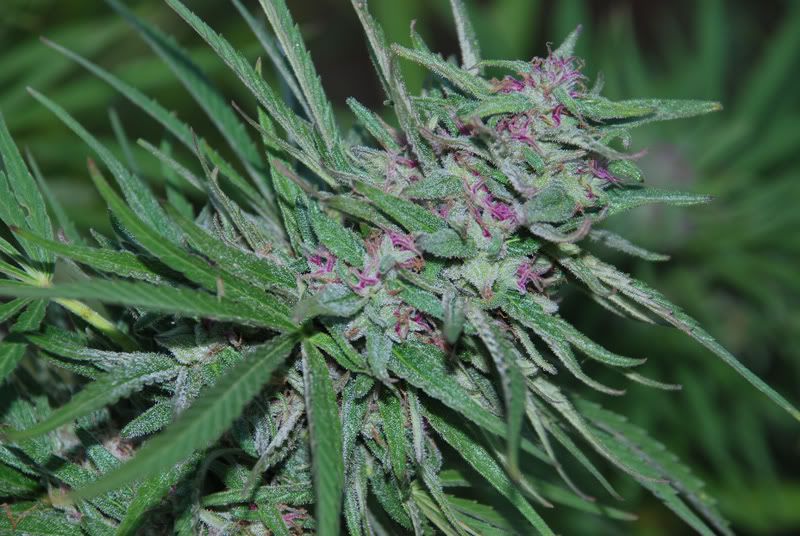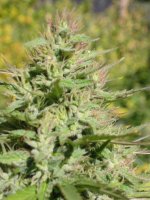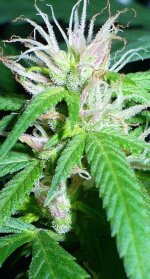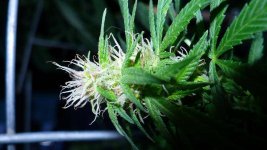Growbrass
Member
Punnitt square. Basic genetics.
Proof enough?
We all know Mendel and what a punnett square is. That doesn't give proof to the claim that the guy asked for.
The original guy claimed that it was purely a trait of f2s.... and then he was asked to provide proof.
Also, f2's of what? Obviously we all know it's not a trait in 25% of all f2s. So I would like the claim to be expanded upon as well. Got a smart ass (and completely wrong) comeback for me too buddy?



 --- and yes it's genetic, but i'm pretty sure most strains are capable of producing SOME colors in the pistils, atleast a few plants here an there
--- and yes it's genetic, but i'm pretty sure most strains are capable of producing SOME colors in the pistils, atleast a few plants here an there





 for ur info.
for ur info.

